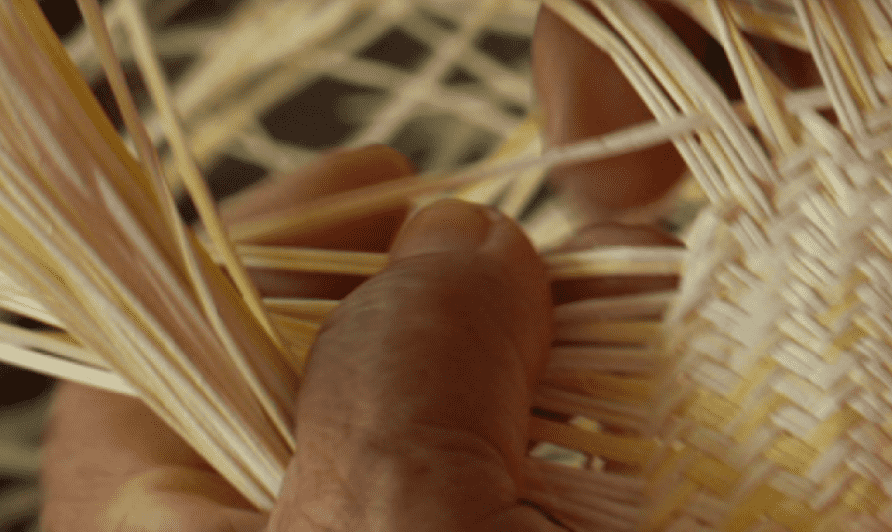The weaving of the Jipi Palm: cultural heritage and symbol of identity in Yucatan
Weaving traditional textiles of the jipijapa palm dates back to the 17th century, which is why it has great value and was declared by UNESCO as the Intangible Cultural Heritage of Ecuador in 2012.





